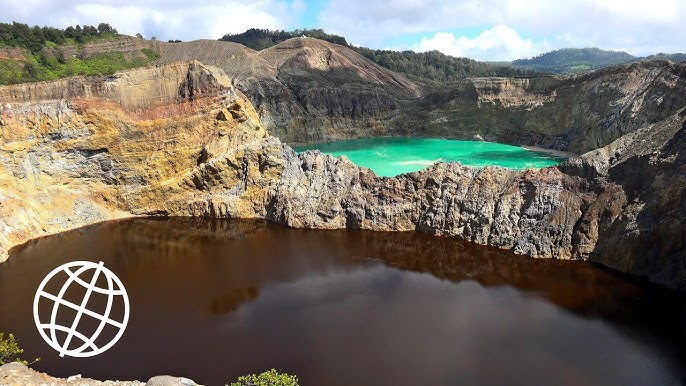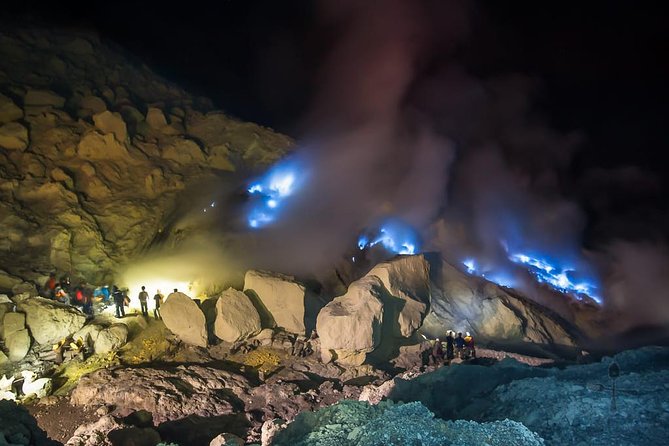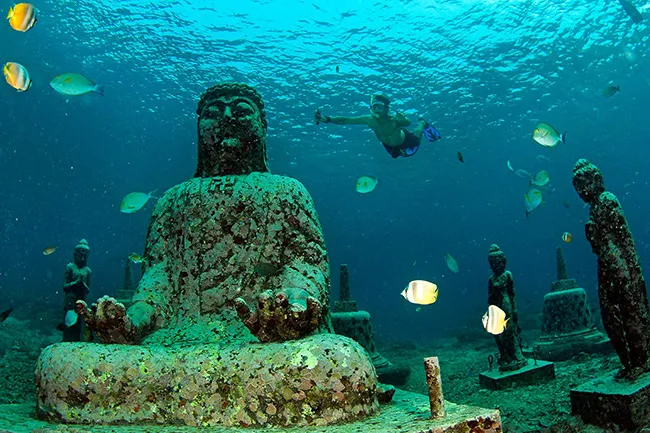Azerbaijan, often dubbed the “Land of Fire,” is a treasure trove of natural phenomena, but nothing captures its geological magic quite like the mud volcanoes of Azerbaijan. These otherworldly formations bubbling cauldrons of cold mud, gas, and ancient secrets dot the landscape, offering a surreal spectacle that’s both mesmerizing and humbling. Home to nearly half of the world’s mud volcanoes, Azerbaijan stands as the undisputed mud volcano capital. If you’re planning a trip to Baku or seeking unique natural attractions, exploring these sites is an absolute must. In this guide, we’ll dive into what makes them tick, where to find them, and why they’re a bucket-list destination for adventure seekers and nature lovers alike.
What Are Mud Volcanoes? A Crash Course in Geological Drama
Unlike their fiery magmatic cousins, mud volcanoes aren’t powered by molten lava but by pressurized pockets of gas, water, and mud deep beneath the Earth’s surface. These forces push up sediments, creating cone-shaped mounds that erupt with cold, gray slurry often at temperatures just above freezing. The result? A landscape straight out of a sci-fi film, complete with hissing vents, mini-geysers, and perpetual flames from escaping hydrocarbons.
In Azerbaijan, these volcanoes aren’t just geological oddities; they’re windows into the planet’s past. Scientists estimate some date back up to 25 million years, and their eruptions reveal clues about vast underground oil and gas reserves. Remarkably, NASA’s geologists have even drawn parallels between Azerbaijan’s mud volcanoes and the uplands of Mars, highlighting their potential role in extraterrestrial exploration. No wonder they’re often called “Earth’s baby volcanoes” small in stature (typically 10 meters in diameter and up to 700 meters tall) but big on drama.
Why Azerbaijan? The Epicenter of Mud Volcanic Activity
Azerbaijan boasts over 400 mud volcanoes more than half of the global total making it the hotspot for this phenomenon. From the Absheron Peninsula to the Caspian Sea’s depths, they’re everywhere. Over 140 submarine volcanoes lurk beneath the waves, and eight islands in the Baku Archipelago owe their existence to explosive eruptions. On land, more than 220 onshore sites bubble away, often in clusters that create vast, lunar-like plains.
This concentration isn’t random. The region’s tectonic activity and hydrocarbon-rich sediments fuel the eruptions, linking mud volcanoes to Azerbaijan’s world-famous oil fields (think Lokbatan and Garadagh). Eruptions can be gentle steady seeps of mud and gas or explosive, shooting flames hundreds of meters skyward. A dramatic example? The 2001 eruption of Boyuk Khanizadagh, the world’s largest mud volcano at 10 km wide and 700 meters high, which lit up the night with 300-meter flames. More recently, in July 2021, an offshore blast on Dashli Ada created a massive fireball visible from 74 km away in Baku.
Famous Mud Volcanoes in Azerbaijan: Top Sites to Explore
Azerbaijan’s mud volcanoes span diverse terrains, but here are the must-visits for your itinerary:
1. Gobustan Mud Volcanoes: The Tourist Trailblazer
Located about 65 km southwest of Baku in the Gobustan National Park (a UNESCO World Heritage Site), this cluster is the easiest to access and pairs perfectly with ancient petroglyphs nearby. Over 100 volcanoes here release oil-rich mud, with small cones you can walk right up to via boardwalks. Highlights include the ever-bubbling Goturdag (spewing mud for 100 years) and the eerie, cold craters perfect for photos. Entry is affordable, and tours from Baku take just 7-8 hours round-trip.
2. Lokbatan Mud Volcano: The Frequent Firecracker
Just 15 km from Baku on the Absheron Peninsula, Lokbatan is Azerbaijan’s most active site, with over 25 recorded eruptions. Its 190-meter height and history of fiery outbursts (like the 2001 spectacle) make it a thrill-seeker’s dream. Nearby, you’ll find gryphons mini mud cones that hiss like tea kettles.
3. Ayranteken and Bozdagh: Dramatic Heights and Hidden Dangers
Ayranteken, 65 km from Baku, towers at 190 meters and erupts with underground booms and flames its activity spans 1964 to 1990 and beyond. Bozdagh, meanwhile, holds a darker tale: A massive 1950s eruption claimed six shepherds and 2,000 sheep, underscoring the raw power here.
4. Offshore Wonders: Submarine Spectacles
For the adventurous, boat tours reveal submarine volcanoes in the Caspian Sea, including the origins of islands like Khara-Zira and Zanbil. These are harder to visit but offer a glimpse into Azerbaijan’s underwater geology.
The Cultural and Historical Tapestry of Mud Volcanoes
These aren’t just rocks and mud they’ve shaped Azerbaijan’s soul. Ancient locals called them “yanardagh” (burning mountain) or “bozdag” (gray mountain), inspiring Zoroastrian fire worship 2,000 years ago. The name “Azerbaijan” may even derive from Persian words for fire, linking back to these eternal flames. In Gobustan, mud volcanoes coexist with 40,000-year-old rock art, blending prehistory with present-day wonder.
Health and Scientific Perks: More Than Meets the Eye
Beyond the spectacle, mud volcanoes pack practical punch. Their mineral-rich mud laden with vanadium, boron, and iodine boasts therapeutic properties for skin conditions, rheumatism, and more. It’s used in Azerbaijani spas and even cement production. Scientifically, they act as natural drills, revealing deep-Earth secrets up to 12 km down.
How to Visit: Your Ultimate Azerbaijan Mud Volcanoes Guide
Getting There
- From Baku: Rent a 4×4 (roads get rugged) or join organized tours via Azerbaijan.Travel or local operators like TES Tour. Bus 195 reaches Gobustan for budget travelers.
- Best Time: Spring/summer for mild weather; avoid winter winds.
- New Hotspot: The Mud Volcanoes Tourism Complex (opened 2024) in Absheron offers quads, golf carts, info centers, and a café with panoramic views. It’s 59 km from Baku and open daily.
Practical Tips
- What to Bring: Sunscreen, sturdy shoes (mud’s slippery), water, and a camera. Touch the mud it’s harmless and cool!
- Safety: Stick to paths; eruptions are rare but unpredictable. No drones near protected sites.
- Cost: Entry ~$5-10; tours $50-100 including transport.
- Combine It: Pair with Baku’s Flame Towers or Gobustan’s petroglyphs for a full day.
Why You Shouldn’t Miss the Mud Volcanoes of Azerbaijan
In a world of cookie-cutter landmarks, Azerbaijan’s mud volcanoes deliver raw, untamed beauty that’s equal parts science fiction and ancient mystery. They’re a reminder of Earth’s restless heart, fueling everything from Zoroastrian lore to modern energy booms. Whether you’re hiking boardwalks in Gobustan or chasing flames at Lokbatan, these bubbling behemoths promise adventures that stick. Ready to get muddy? Book your Azerbaijan escape today and witness the planet’s coolest eruptions.
Planning a trip? Check out guided tours on Azerbaijan.Travel or share your mud volcano stories in the comments below. For more on Baku’s hidden gems, subscribe to our newsletter!




